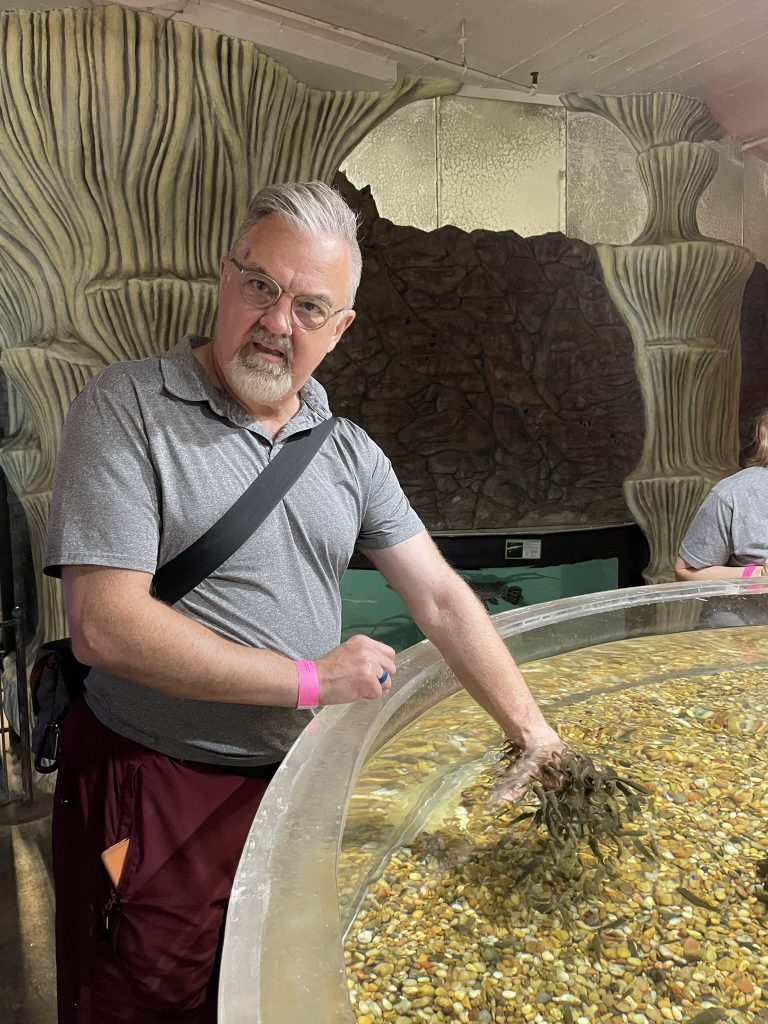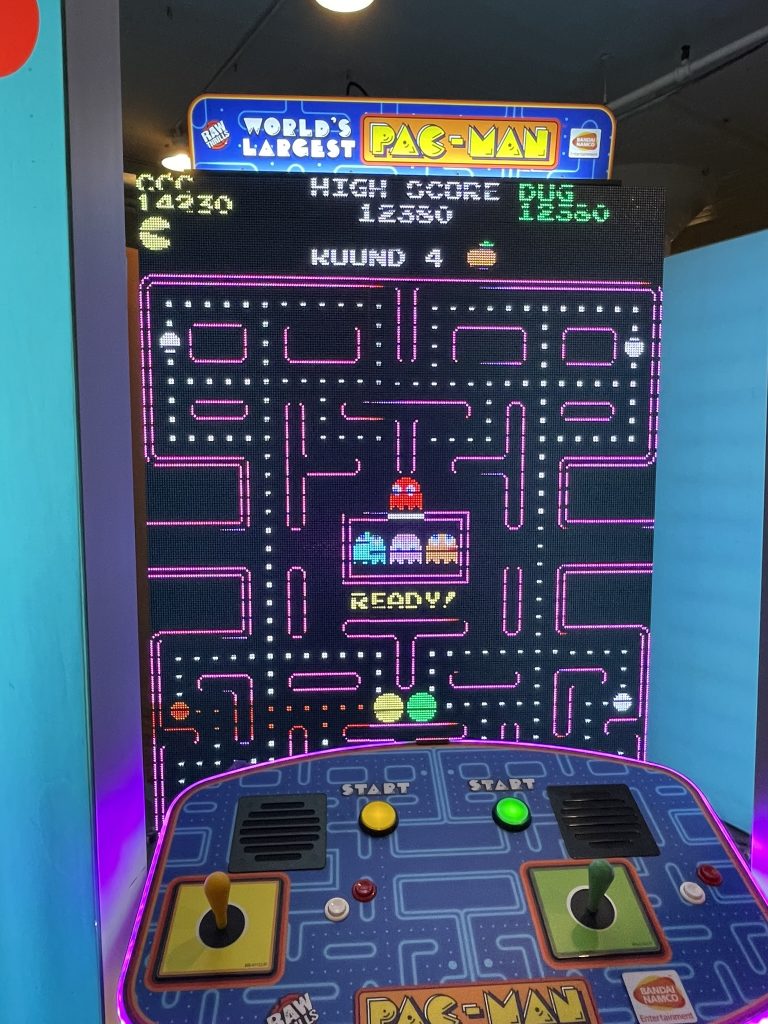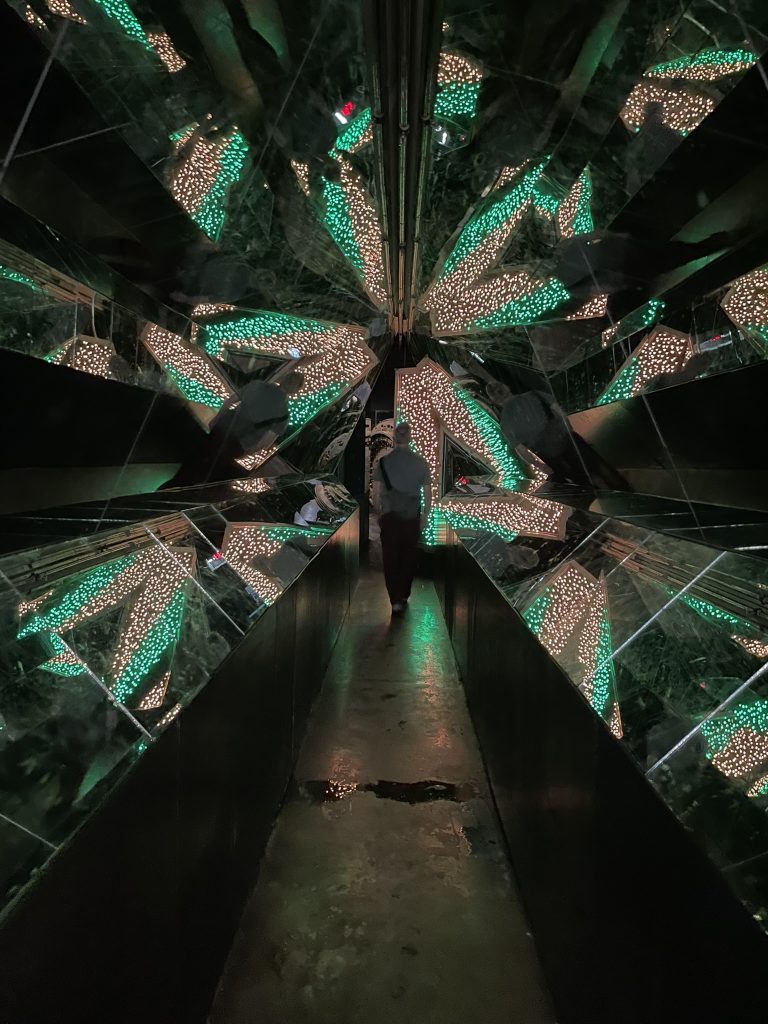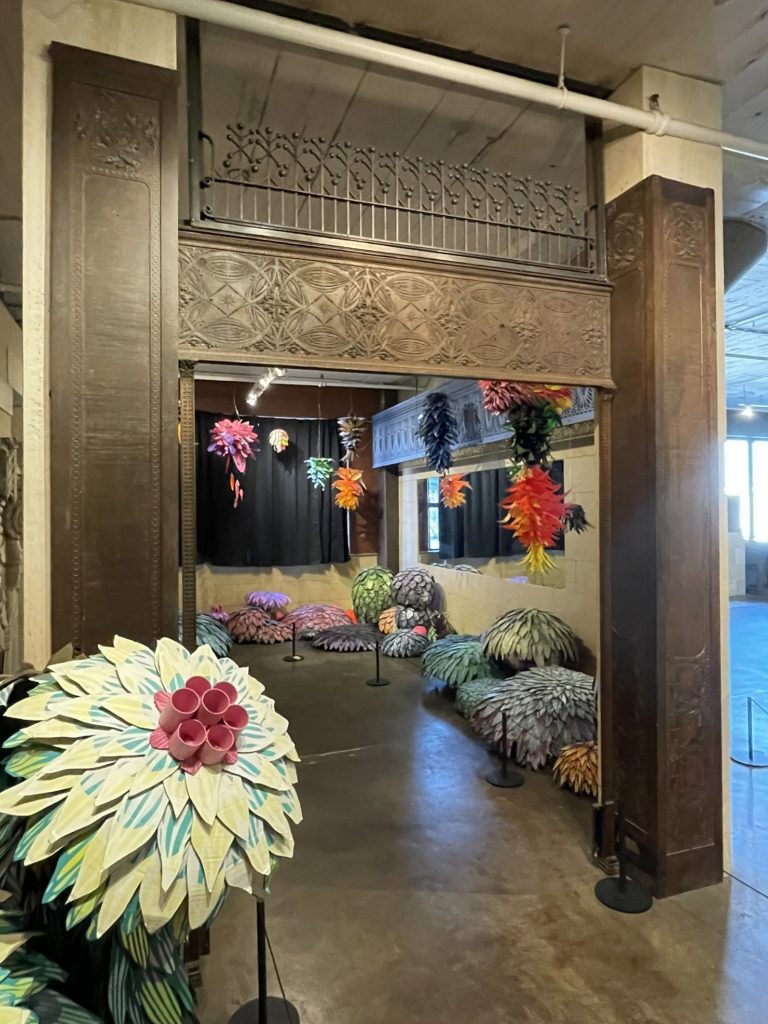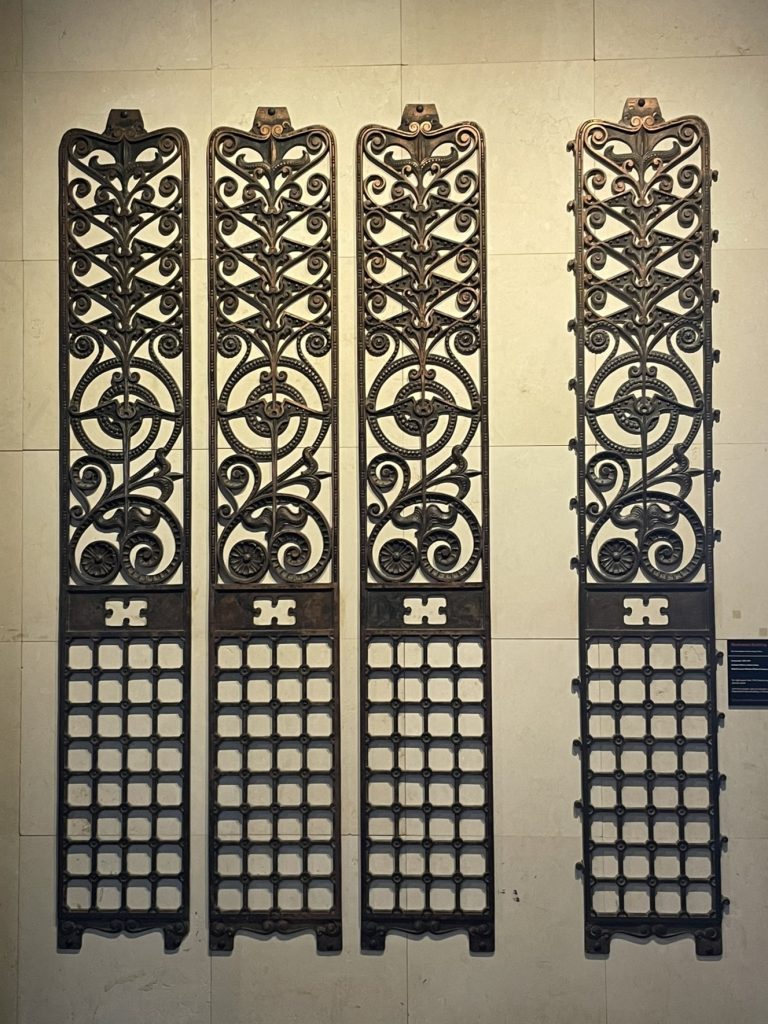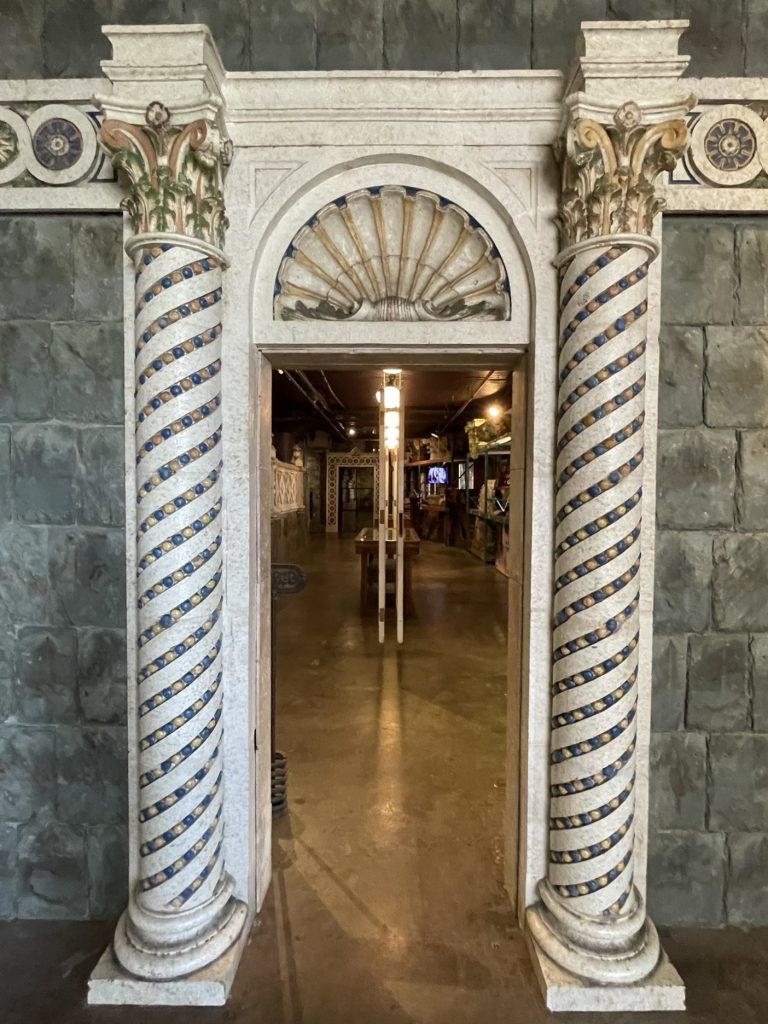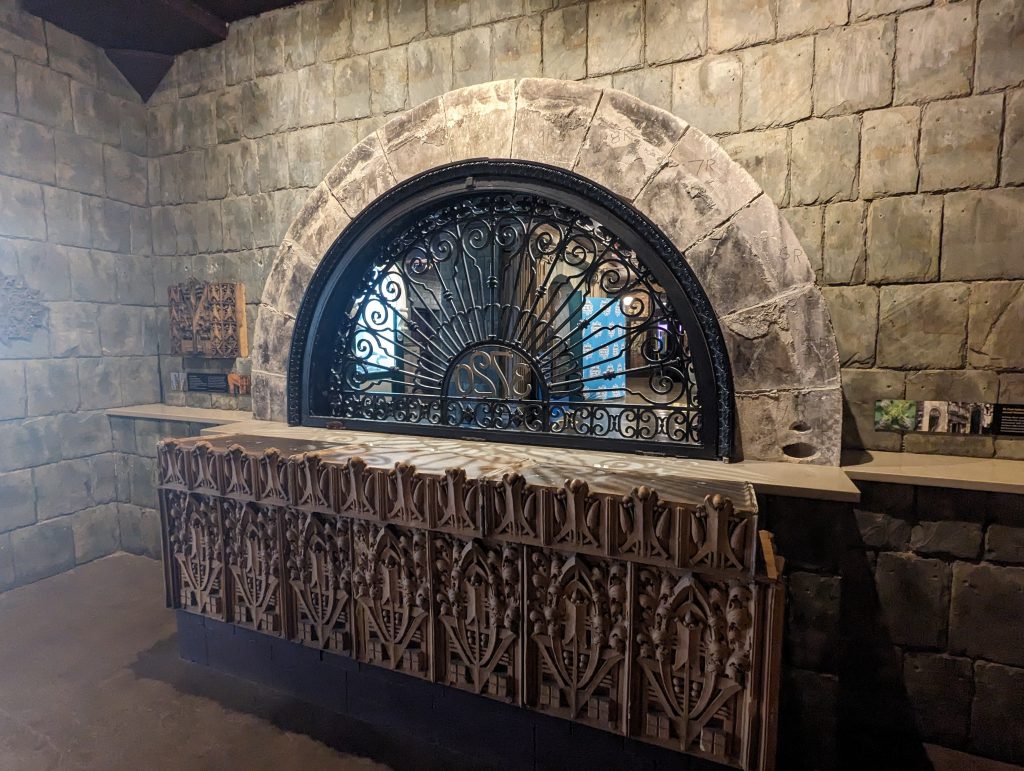The City Museum in St. Louis, Missouri, came on my radar again and again as something we “must do,” while in town, but I couldn’t quite figure out what all the fuss was about. They bill themselves as “weirdly wonderful” – which, now that I’ve been, I wholeheartedly agree with – but it’s hard to get an understanding of the place without experiencing it directly.
The museum covers 760,000 square feet of the former International Shoe Company factory and warehouse, and its exhibits are largely of repurposed architectural and industrial objects.
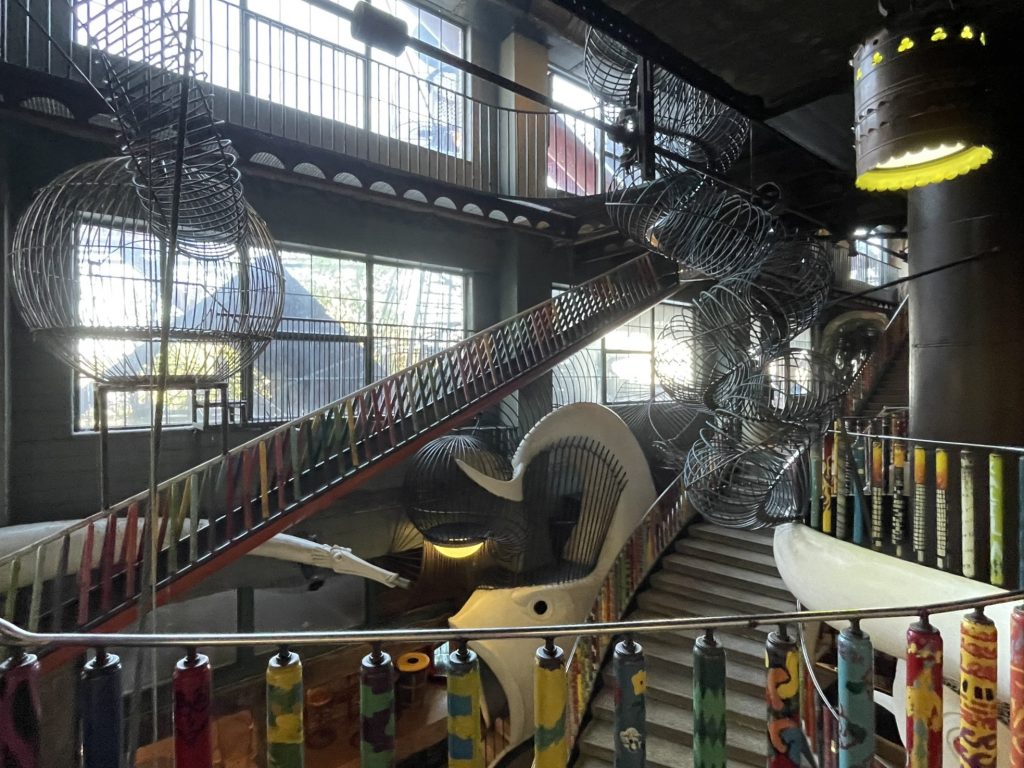
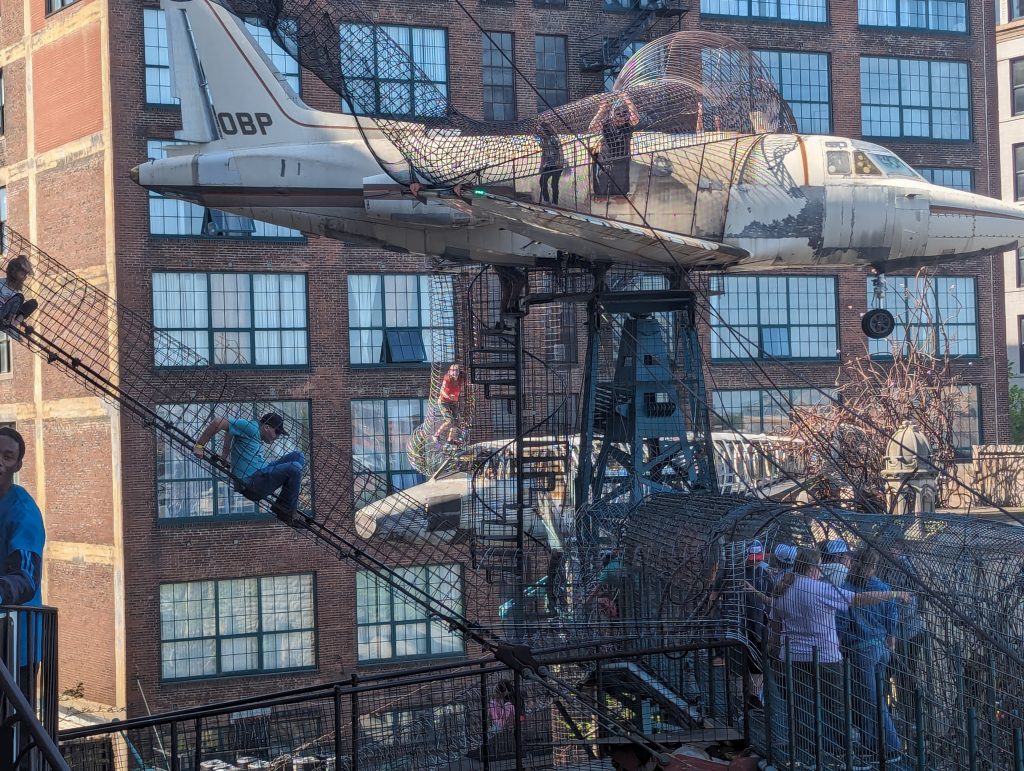
The site was purchased by artist Bob Casilly and his wife in 1993, and they set to work almost immediately. What they were building was kept a secret until a sneak-peak at the end of 1996. The museum officially opened in the fall of 1997, though it continues to expand and update.
As you approach the entrance, you are presented with a glimpse of MonstroCity, which features:
Two Sabreliner 40 aircraft fuselages suspended high in the air, a fire engine, a castle turret, a 25-foot cupola, four-foot-wide Slinkies that can be crawled through, one very high that leads to a slide, and two ball pits, one for young children and one for older ones.
As you wander through the four floors of the museum, there are caves and tunnels and slides and nooks-and-crannies every which way – it’s hard to know which way to go and feel like you’re not missing something.
The museum has a small circus ring offering daily live acts (though we were too early to see them), an aquarium, a life-size Bowhead Whale you can walk through, a tree house, multiple-story slides (converted from the old spiral chutes of the shoe warehouse), a hall of mirrors, a skateless park, and on and on and on.
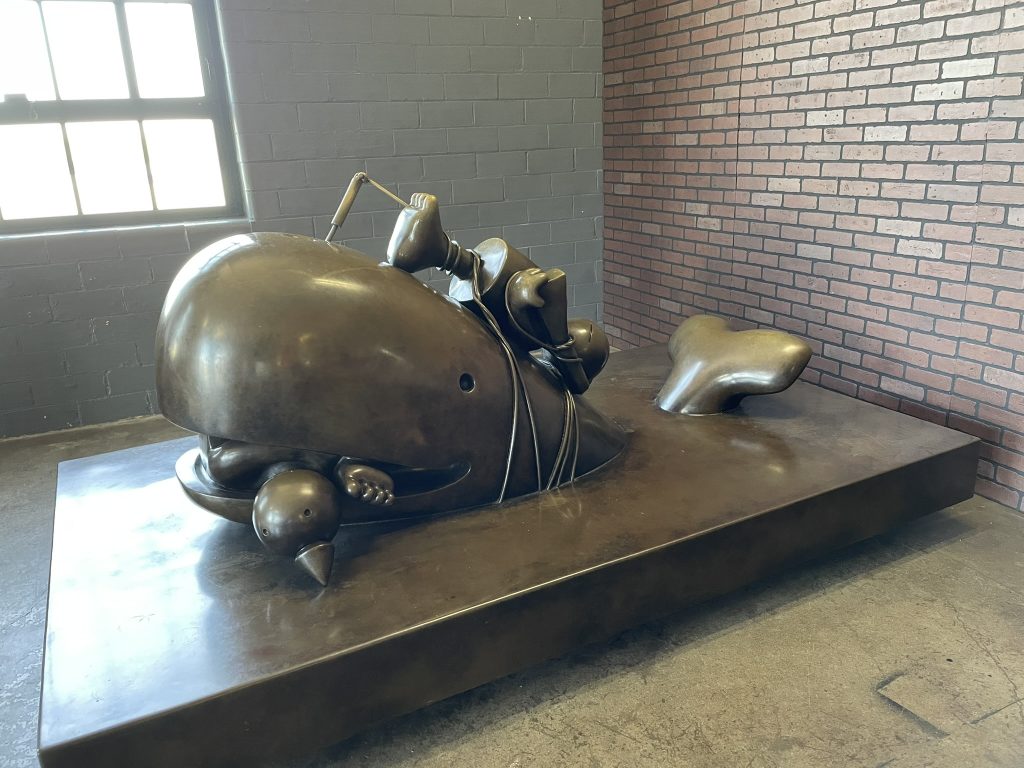

We both really like the idea of architecture as art, so the Architectural Museum section did not disappoint. It includes a large collection of Louis Sullivan architectural pieces salvaged from buildings in downtown St. Louis before they were demolished.
We also found that everywhere you looked in the museum there were beautiful architectural details rescued from destruction, so as you headed through a door or down a set of stairs, you need to look up, down, and to the side to see what gems awaited.
There’s so much to the museum that it’s a bit overwhelming, of course it got louder and louder as it filled up with people. Though we surely could have seen more, after a few hours we were ready to make our escape.
